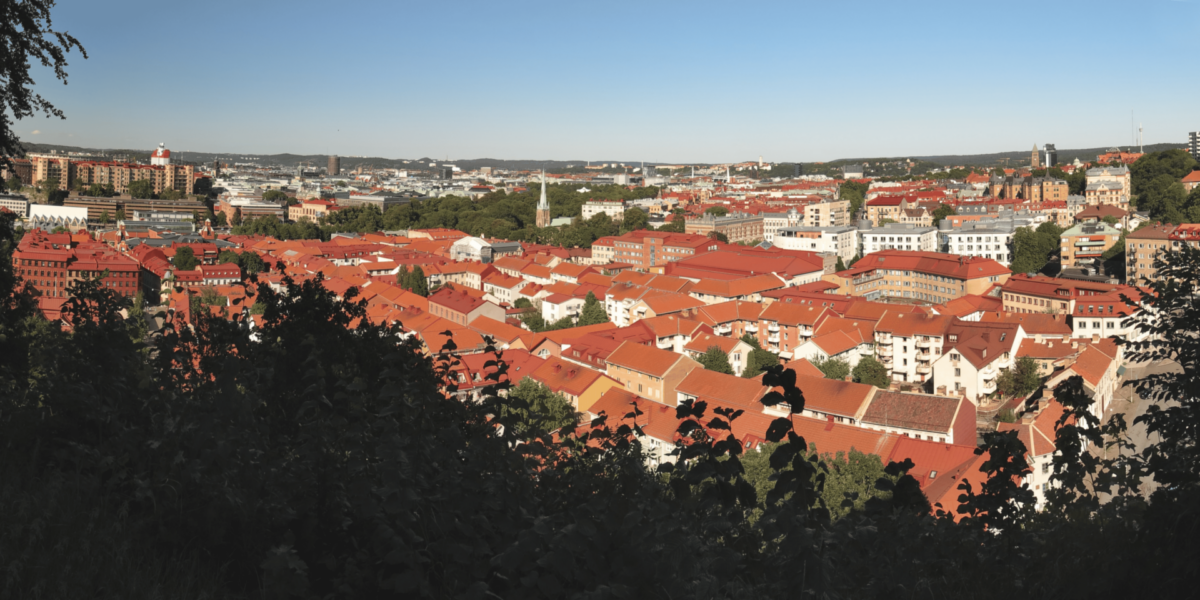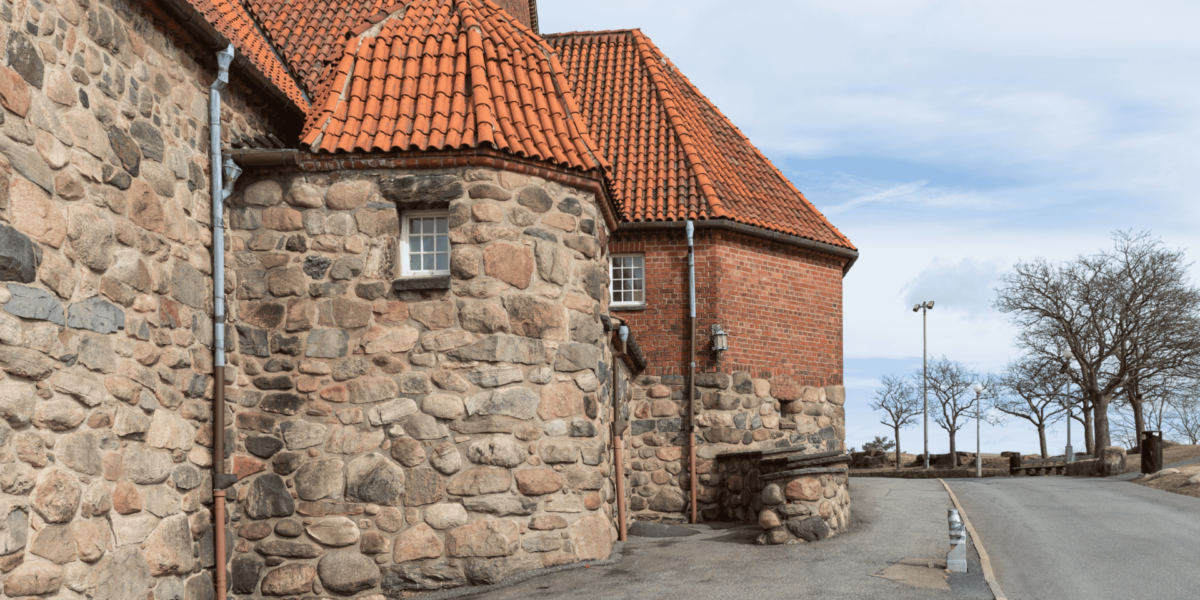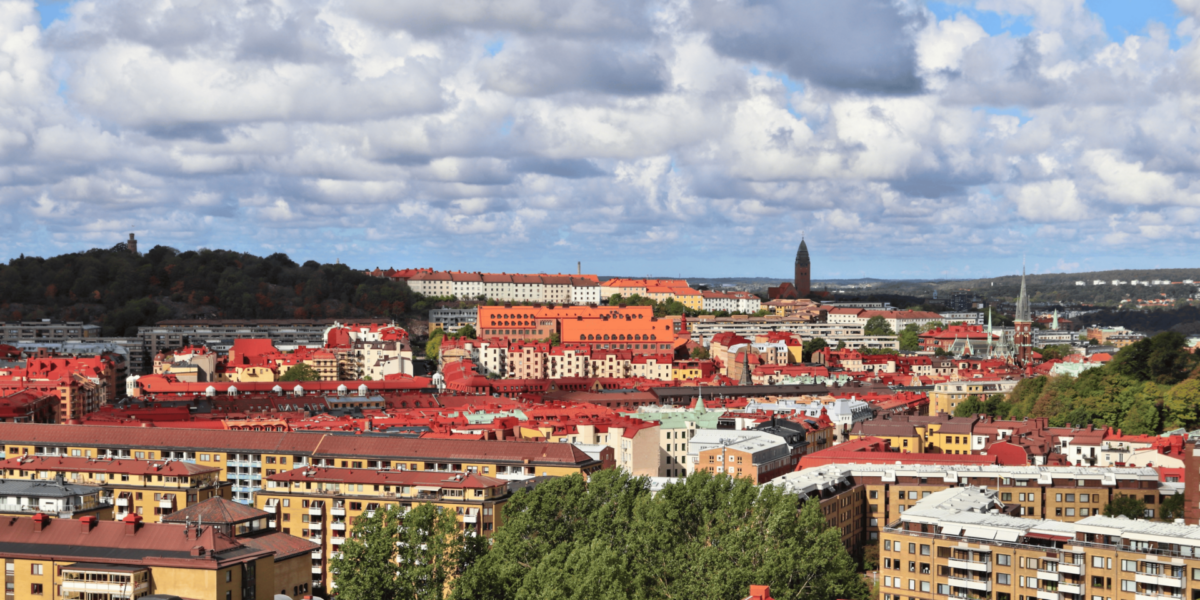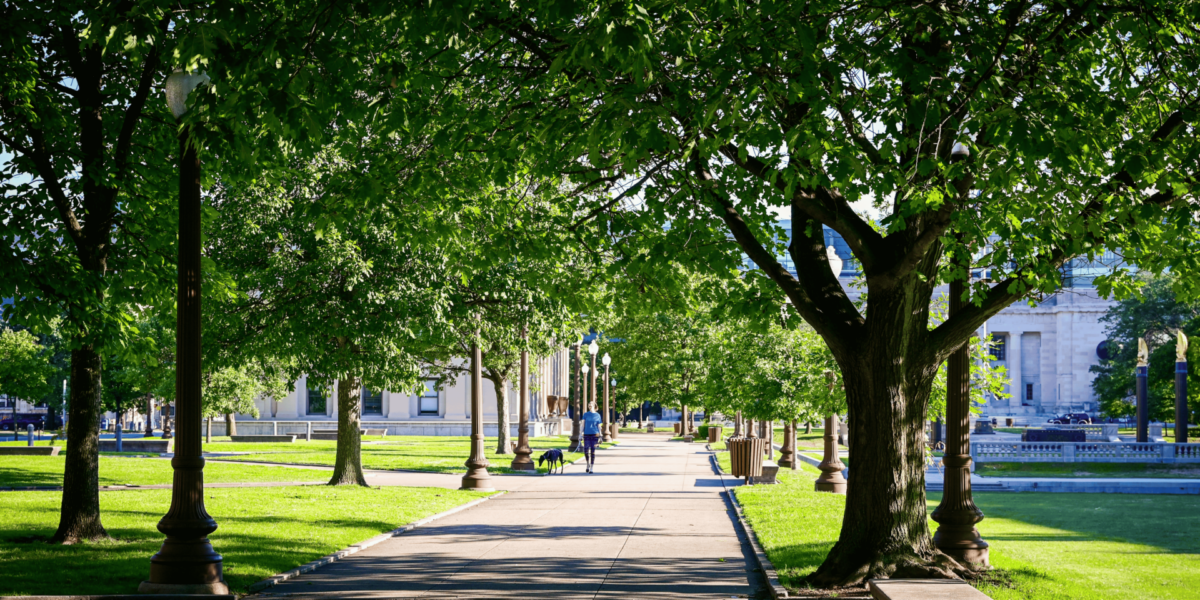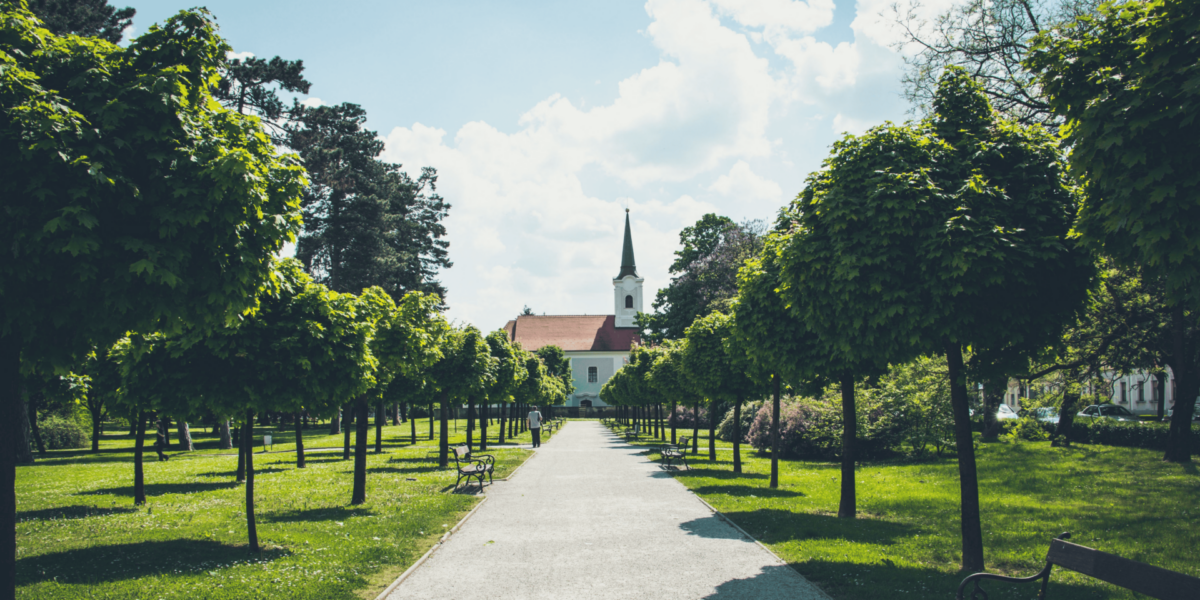Kviberg, once a military site on the edge of Gothenburg, is now a vibrant urban district defined by movement, culture, and community. Its transformation reflects a larger shift in how cities repurpose legacy spaces to meet modern needs.
Historic Kviberg Was Designed for Defense, Not Daily Life
Originally built to serve as a regiment base, Kviberg’s layout reflected military priorities. Barracks, drill fields, and controlled access points shaped a space focused on discipline and structure, not public access or civic use.
The architecture emphasized utility over flexibility. Movement was limited to purpose-driven paths, and buildings stood apart from the needs of the broader population. This layout worked for soldiers—but not for residents, families, or visitors.
Repurposing Required a New Urban Vision
Transforming Kviberg into a modern hub meant rethinking how space functions. Urban planners and developers looked at the area not as a blank slate but as a site with existing infrastructure ready for redefinition. The question was not what to erase—but what to evolve.
A new plan focused on openness, movement, and public engagement. Roads were reoriented to welcome pedestrians and cyclists. Buildings were upgraded, not demolished, and open space was redefined to support sport, leisure, and connection.
Existing Structures Found New Purpose
Instead of removing old military buildings, the transformation gave them new roles. Former armories now house climbing gyms. Barracks have been reimagined as schools, offices, and cultural centers. These shifts preserve history while supporting contemporary life.
A resident walks into a refurbished hall with high ceilings and natural light. It once held equipment and uniforms—now it supports training, recreation, or community events. The shell is familiar, but its purpose is reimagined.
Sport Became the New Civic Anchor
One of the clearest drivers of Kviberg’s transformation is its identity as a sport-centered district. Large indoor facilities and extensive outdoor trails bring movement into daily routines. The area invites users of all ages and skill levels to participate in an active lifestyle.
The focus on physical activity reshapes how residents and visitors interact with space. Fields, courts, and pathways serve as everyday destinations, not weekend-only retreats. Kviberg now moves—not just historically, but literally.
Green Infrastructure Replaced Hard Boundaries
Military planning once emphasized separation and control. Modern Kviberg prioritizes connection. Green corridors, walking paths, and open landscapes now connect residential blocks, public services, and recreational areas in a way that feels natural and free-flowing.
A person traveling across the district doesn’t navigate walls or fences. They follow shaded trails and tree-lined sidewalks. What once separated people now links them—visually, physically, and emotionally.
Public Transit Reinforces Accessibility
Kviberg’s transformation would not succeed without strong access. Today, tram lines, bike routes, and pedestrian pathways integrate Kviberg with central Gothenburg. These systems reduce reliance on cars and make the district reachable without barriers.
A commuter exits the tram and walks directly into a park-side plaza. No transfers, no detours—just immediate access to daily life. This connectivity supports equal participation and encourages frequent use of shared space.
Community Services Root the New Identity
Kviberg is no longer defined by defense operations—it’s defined by community use. Schools, wellness centers, and training programs now occupy central locations, bringing long-term investment into the district’s fabric.
Children attend nearby schools that use outdoor spaces for learning and recreation. Adults use public gyms or attend classes at local centers. These touchpoints turn Kviberg from a site into a neighborhood—lived in, not just passed through.
Local Businesses Reflect the Area’s Growth
Shops, cafés, and service providers now fill Kviberg’s repurposed and newly built spaces. These businesses support the district’s active culture and serve daily needs, creating a sustainable local economy rooted in real use.
A café near a training hall opens early and closes late, serving athletes, students, and families. The menu and atmosphere reflect the area’s rhythm. This isn’t a tourist district—it’s a functioning, living part of the city.
Design Prioritizes Flexibility and Longevity
Kviberg’s new spaces are built for adaptability. Multi-use courts, adjustable interior layouts, and modular buildings allow for long-term flexibility. This design approach ensures the area can evolve as needs shift over time.
A recreational hall can host training in the morning, education in the afternoon, and events in the evening. The structure doesn’t dictate its use—it supports it. That flexibility makes the transformation sustainable and responsive.
Kviberg Now Balances History and Future Use
Preserving Kviberg’s military history remains part of the district’s identity. Monuments, plaques, and select buildings offer context without dominating the landscape. The past informs—but does not limit—the present.
Visitors walking through Kviberg can trace its roots in building design and spatial arrangement. But the district tells a new story now—one shaped by movement, openness, and shared purpose. Its identity is no longer fixed; it flows with how people use it.
Kviberg’s journey from military base to modern district shows what happens when cities choose evolution over demolition. By honoring history while planning for everyday use, Kviberg has become a model for adaptive urban development.
The transformation isn’t just visible—it’s lived. People now gather, train, learn, and connect in spaces once closed to the public. Kviberg’s new rhythm is active, accessible, and grounded in shared community values. From defense to daily life, it now serves a new kind of purpose.
